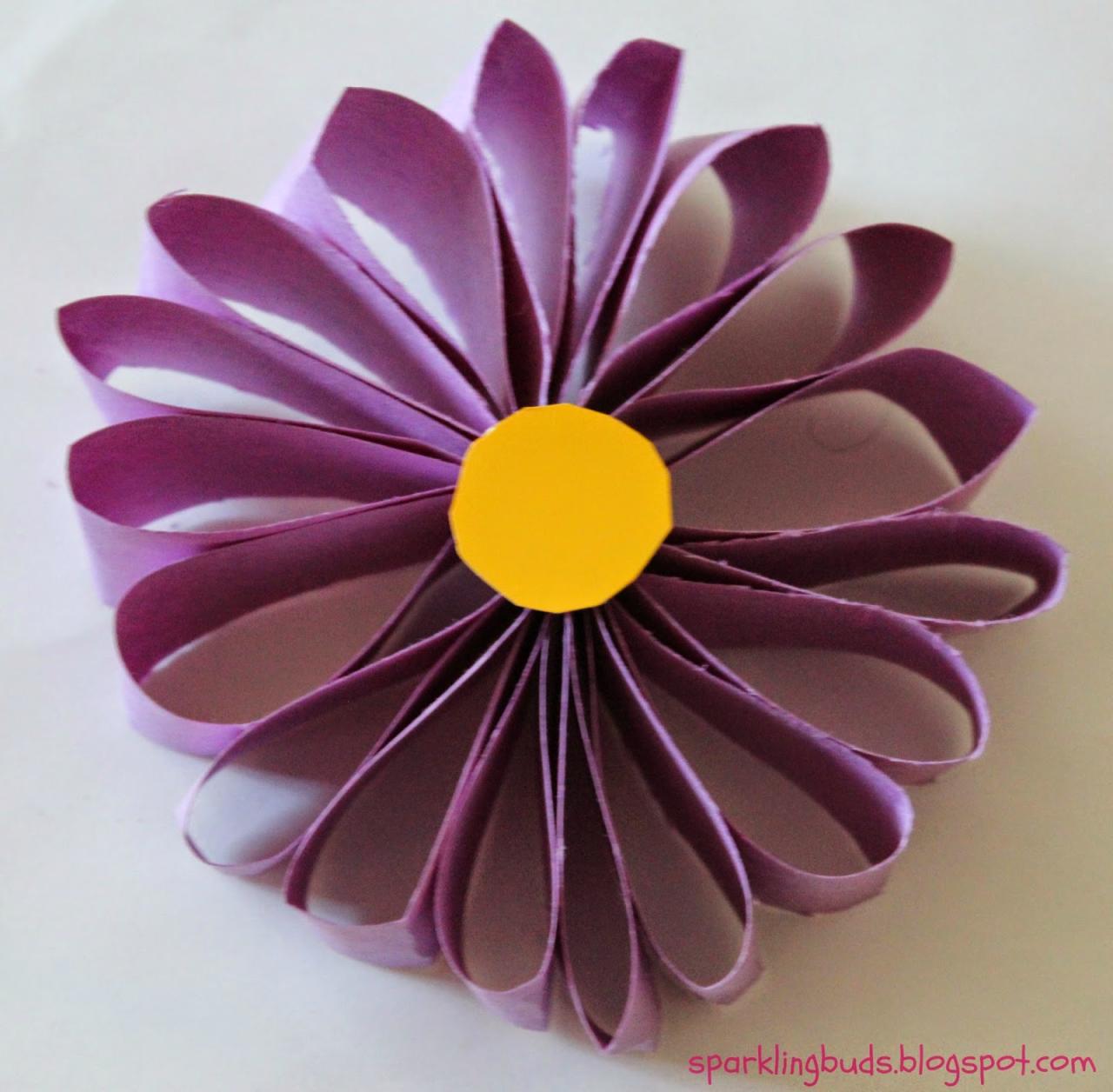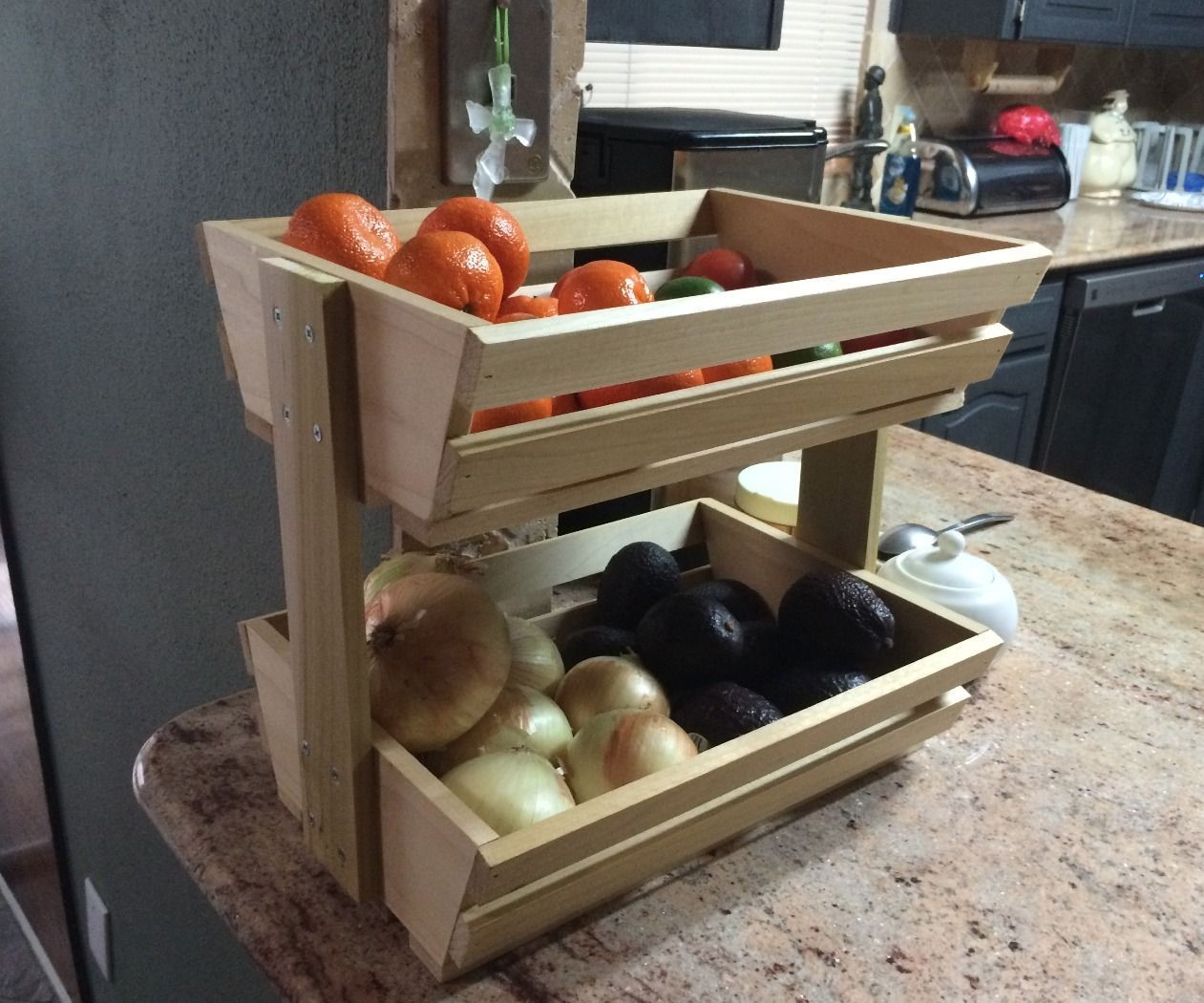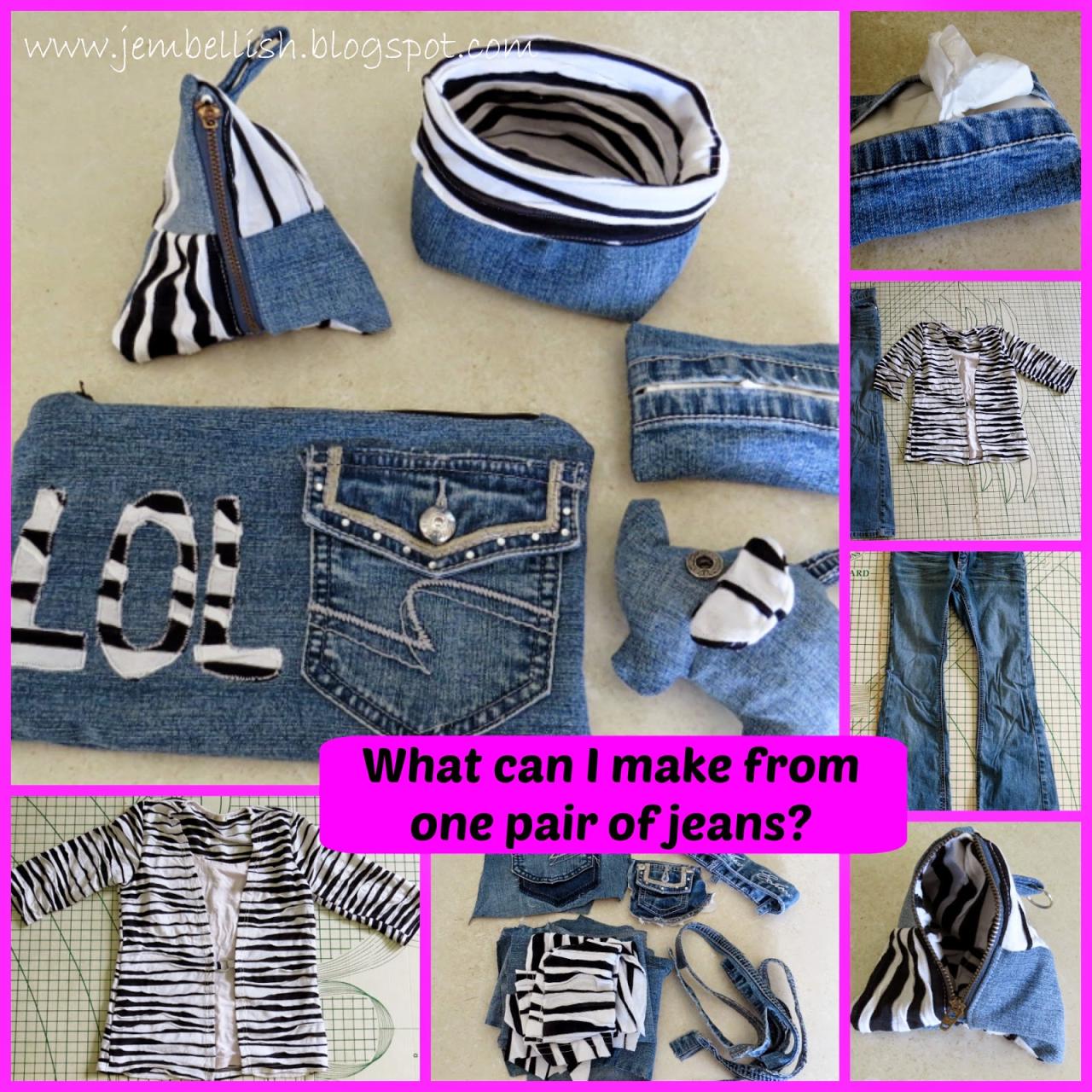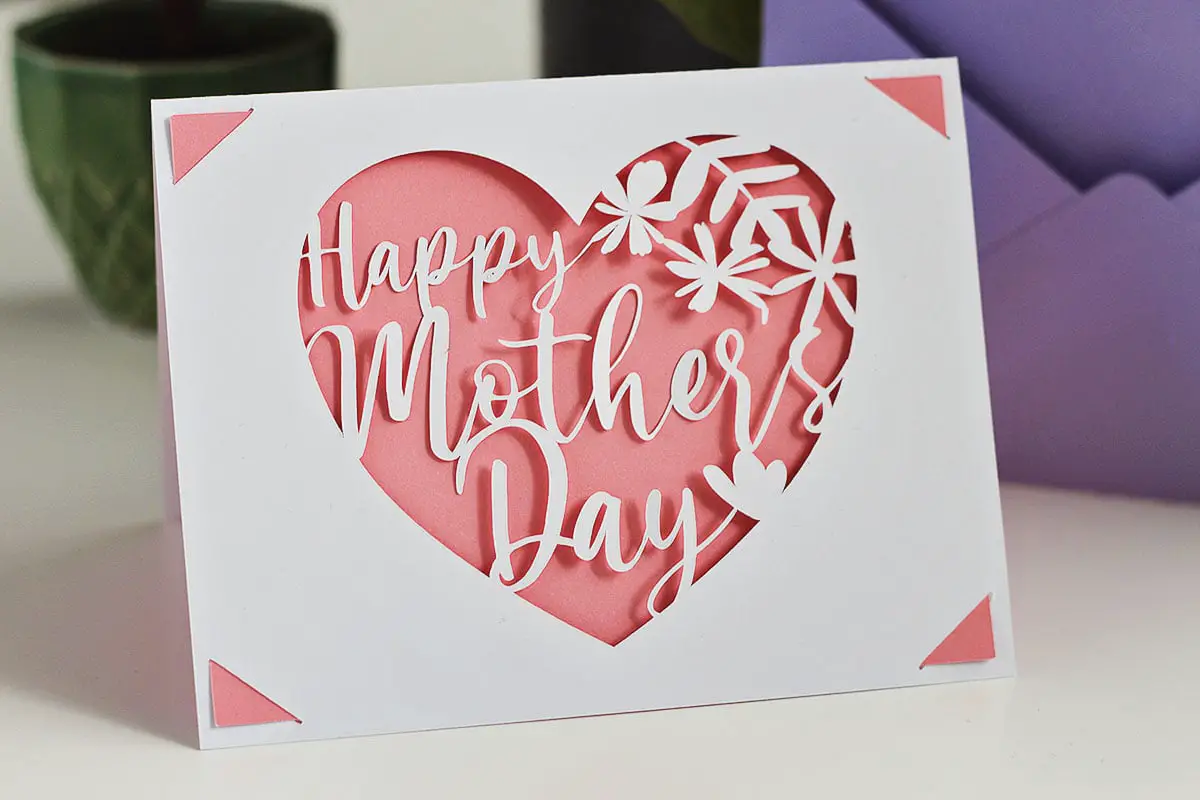Paper flowers easy sets the stage for this enthralling narrative, offering readers a glimpse into a world where creativity blossoms with each delicate petal.
This guide delves into the captivating world of paper flower crafting, unraveling the secrets behind transforming simple materials into stunning floral creations. From the historical roots of this art form to the modern-day resurgence of paper flowers, this journey explores the techniques, designs, and inspiration that fuel this delightful hobby.
Basic Techniques for Creating Paper Flowers

Creating paper flowers is a delightful and versatile craft that allows you to bring a touch of nature indoors. With basic techniques and a little creativity, you can craft beautiful blooms that add color and texture to your home décor.
Cutting, Shaping, and Assembling Paper Flower Petals
The process of creating paper flower petals involves cutting, shaping, and assembling them to form a realistic flower.
- Cutting Petals: Begin by cutting out petal shapes from your chosen paper using scissors or a craft knife. You can find numerous free templates online for various flower types.
- Shaping Petals: Once cut, shape the petals by gently curling the edges inward or outward, depending on the flower type. You can use tools like a bone folder, a pencil, or your fingers to create the desired curves.
- Assembling Petals: Assemble the petals by layering them over each other, securing them with glue or floral wire. The number of layers and the arrangement of petals will determine the fullness and shape of your flower.
Creating a Simple Paper Flower
Let’s create a simple paper flower using the techniques discussed above.
- Gather Materials: You will need:
- Paper (construction paper, tissue paper, or cardstock)
- Scissors
- Glue
- Floral wire (optional)
- Cut Petals: Cut out five to seven petal shapes from your chosen paper.
- Shape Petals: Gently curl the edges of each petal inward using your fingers or a bone folder.
- Assemble Petals: Glue the petals together in a circular shape, overlapping them slightly.
- Create Center: Use a small circle of paper or a button to create the center of your flower. Glue it in place.
- Add Stem (Optional): Attach a floral wire stem to the back of the flower if desired.
Achieving Realistic Petal Textures and Colors
To achieve realistic petal textures and colors, consider the following tips:
- Texture: Use different types of paper to create varying textures. For example, tissue paper can be used for delicate petals, while cardstock can be used for thicker petals.
- Coloring: Experiment with different coloring techniques to achieve realistic shades and gradients. You can use paints, markers, or even colored pencils.
- Distressing: Create a distressed look by lightly sanding the edges of the petals or adding a few subtle creases.
Popular Paper Flower Designs
Paper flowers are a versatile and beautiful craft that can be used to decorate a variety of spaces, from weddings and parties to home décor and even art installations. With a little creativity and patience, you can create stunning paper flowers that are sure to impress.
Here are some of the most popular paper flower designs:
Roses
Roses are a classic choice for paper flowers. Their delicate petals and intricate layers make them a challenging but rewarding project. There are many different ways to create paper roses, from simple single-layer designs to more complex multi-layered creations.
Here are some tips for creating paper roses:
* Choose the right paper. For a realistic look, use a paper with a slightly textured surface.
* Cut the petals carefully. Use a sharp pair of scissors to cut out the petals in a variety of sizes and shapes.
* Curl the petals. You can curl the petals by using a tool like a chopstick or a pencil.
* Assemble the rose. Start by attaching the largest petals to the center of the rose and then work your way outward, adding smaller petals as you go.
Lilies
Lilies are another popular choice for paper flowers. They are known for their elegant trumpet-shaped blooms and their beautiful, often vibrant colors. Creating paper lilies can be a bit more challenging than creating roses, but the results are well worth the effort.
Here are some tips for creating paper lilies:
* Use a sturdy paper. Lily petals are typically wider and more delicate than rose petals, so you’ll need a paper that can hold its shape.
* Cut out the petals carefully. Pay attention to the shape and size of the petals.
* Create the trumpet shape. Use a template or a freehand drawing to create the trumpet-shaped base of the lily.
* Assemble the lily. Attach the petals to the trumpet shape, starting with the lower petals and working your way up.
Tulips
Tulips are a popular choice for spring paper flowers. Their simple, elegant shape and bright colors make them a perfect choice for adding a touch of cheer to any space.
Here are some tips for creating paper tulips:
* Use a paper with a smooth surface. This will help to create a clean, crisp look.
* Cut out the petals carefully. Pay attention to the shape and size of the petals.
* Create the tulip shape. Use a template or a freehand drawing to create the tulip shape.
* Assemble the tulip. Attach the petals to the tulip shape, starting with the lower petals and working your way up.
Daisies
Daisies are a cheerful and easy-to-make paper flower. Their simple design makes them a great project for beginners.
Here are some tips for creating paper daisies:
* Use a paper with a bright color. This will help to create a cheerful look.
* Cut out the petals carefully. Pay attention to the shape and size of the petals.
* Create the daisy center. You can use a button, a bead, or a small piece of felt for the center of the daisy.
* Assemble the daisy. Attach the petals to the center of the daisy, starting with the lower petals and working your way up.
Examples of Paper Flower Arrangements
Paper flowers can be used to create a variety of beautiful arrangements. Here are a few ideas:
* A bouquet of paper flowers. This is a classic arrangement that is perfect for a wedding, party, or special occasion.
* A paper flower wreath. A wreath of paper flowers is a beautiful way to add a touch of color and whimsy to your home décor.
* A paper flower garland. A garland of paper flowers is a fun and festive way to decorate for a party or a special occasion.
* A paper flower wall art. A wall art piece made from paper flowers is a unique and eye-catching way to add a touch of personality to your home décor.
Advanced Paper Flower Techniques
Once you’ve mastered the basics of paper flower crafting, you can explore advanced techniques to create even more intricate and realistic designs. These techniques allow you to add depth, texture, and realism to your paper flowers, transforming them into true works of art.
Creating Intricate Paper Flower Designs
To achieve intricate paper flower designs, you can use various techniques, such as layering, sculpting, and adding embellishments. Layering different paper shapes and sizes can create depth and dimension, while sculpting petals with tools like a bone folder or a stylus can add realistic curves and wrinkles. Embellishments like beads, glitter, or wire can further enhance the details and create unique effects.
Examples of Paper Flowers with Realistic Details and Textures, Paper flowers easy
Here are some examples of paper flowers that showcase realistic details and textures:
- Roses: Using multiple layers of petals, each with slightly different shapes and sizes, you can create a rose that looks incredibly realistic. By adding texture to the petals using a bone folder or a stylus, you can mimic the natural veins and wrinkles found on a real rose.
- Peonies: Peonies are known for their large, fluffy blooms. You can achieve this look by using multiple layers of crinkled petals, each with a slightly different shade of color. To add even more realism, you can use a tool to create small, uneven edges on the petals, mimicking the natural imperfections of a real peony.
- Hydrangeas: Hydrangeas are characterized by their clusters of small, round flowers. You can create these clusters by using multiple layers of small, round paper shapes, each with a different shade of color. To add texture, you can use a tool to create small bumps or creases on the petals.
Creating Paper Flowers with Different Color Gradients and Patterns
Adding color gradients and patterns to your paper flowers can make them even more visually appealing. You can create gradients by using multiple shades of the same color, blending them together to create a smooth transition. You can also create patterns by using different colors or textures on different parts of the flower, such as the petals, the center, or the leaves.
- Ombre Effect: You can create an ombre effect by using multiple shades of the same color, gradually transitioning from one shade to the next. For example, you can create a gradient from light pink to dark pink on the petals of a rose.
- Stripes or Spots: You can create stripes or spots on your paper flowers by using different colors or textures on different parts of the flower. For example, you can create stripes on the petals of a daisy by using alternating colors of yellow and white.
- Marbling Effect: You can create a marbling effect by using different colors of paint or ink and swirling them together on a piece of paper. This technique can create unique and interesting patterns that can be used to create beautiful paper flowers.
Inspiration and Resources: Paper Flowers Easy
The world of paper flowers is brimming with creativity and inspiration. Whether you’re a seasoned crafter or a curious beginner, there’s a wealth of resources available to ignite your imagination and guide your paper flower journey. From talented artists to online tutorials, there’s a constant flow of inspiration waiting to be discovered.
Paper Flower Artists and Their Work
The beauty and intricate detail of paper flowers have captivated artists worldwide. Their creations showcase the versatility of paper as a medium, transforming simple materials into stunning works of art.
- Lisa Tilse: A renowned paper flower artist known for her lifelike creations, Lisa Tilse’s work is celebrated for its delicate beauty and intricate details. Her creations range from single blooms to elaborate arrangements, capturing the essence of natural flowers with remarkable accuracy.
- Paper Flower Atelier: Founded by Melissa, Paper Flower Atelier is a popular online resource for paper flower enthusiasts. Melissa’s tutorials are known for their clarity and detailed instructions, guiding beginners and experienced crafters alike in creating stunning paper flowers.
- Paper Flower Market: This online platform showcases the work of talented paper flower artists from around the world. It’s a treasure trove of inspiration, offering a glimpse into the diverse styles and techniques used in paper flower crafting.
Online Resources for Tutorials and Patterns
The internet has become a hub for paper flower enthusiasts, providing access to countless tutorials, patterns, and resources. Whether you’re searching for specific flower designs or looking for new techniques to explore, the online world offers a wealth of information.
- YouTube: YouTube is a treasure trove of paper flower tutorials, with videos ranging from beginner-friendly guides to advanced techniques. Many creators offer step-by-step instructions, helpful tips, and visual demonstrations.
- Pinterest: Pinterest is a visual platform where you can find inspiration for paper flower designs, from simple blooms to elaborate arrangements. You can browse through countless images and save your favorites to create your own paper flower inspiration board.
- Etsy: Etsy is a marketplace for handmade goods, including paper flower patterns and supplies. You can find a wide variety of designs, from classic roses to unique and whimsical creations.
The Importance of Practice and Experimentation
The beauty of paper flower crafting lies in its flexibility and endless possibilities. Practice and experimentation are key to developing your skills and finding your unique style.
“Don’t be afraid to experiment and try new things. The more you practice, the better you’ll become at creating beautiful paper flowers.”
- Experiment with Different Papers: Explore various paper types, textures, and weights to discover how they influence the look and feel of your flowers. Experiment with different colors and patterns to add unique touches to your creations.
- Master Basic Techniques: Focus on mastering fundamental techniques, such as cutting, shaping, and assembling petals. As you become more comfortable with these techniques, you can explore more complex designs.
- Embrace Mistakes as Learning Opportunities: Don’t be discouraged by mistakes. They’re part of the learning process. Analyze what went wrong and use that knowledge to improve your next creation.
Concluding Remarks
As you embark on your paper flower journey, remember that the beauty lies not just in the finished product, but in the process itself. Each petal you shape, each bloom you assemble, is a testament to your creativity and a source of joy. So, gather your materials, embrace the artistry, and let your imagination flourish as you create paper flowers that will bring beauty and wonder to your world.
Paper flowers are a beautiful and affordable way to add a touch of whimsy to your home. While you’re crafting, you might be inspired to create a whole new garden atmosphere with some diy raised garden beds. Once those are in place, you can arrange your paper flowers to complement the natural beauty of your plants, creating a truly unique and personal space.




